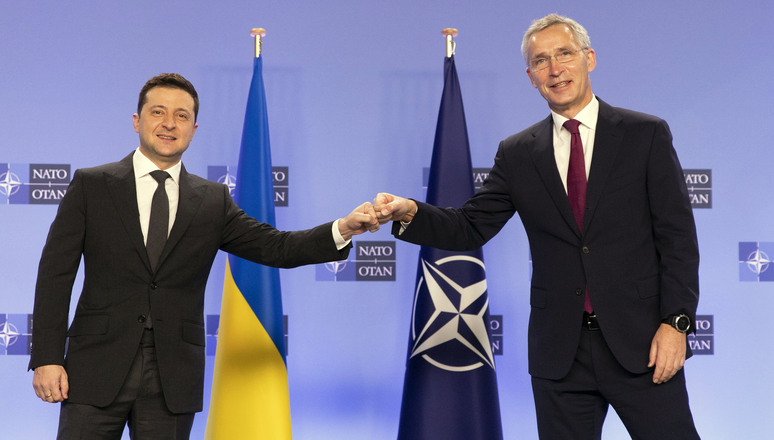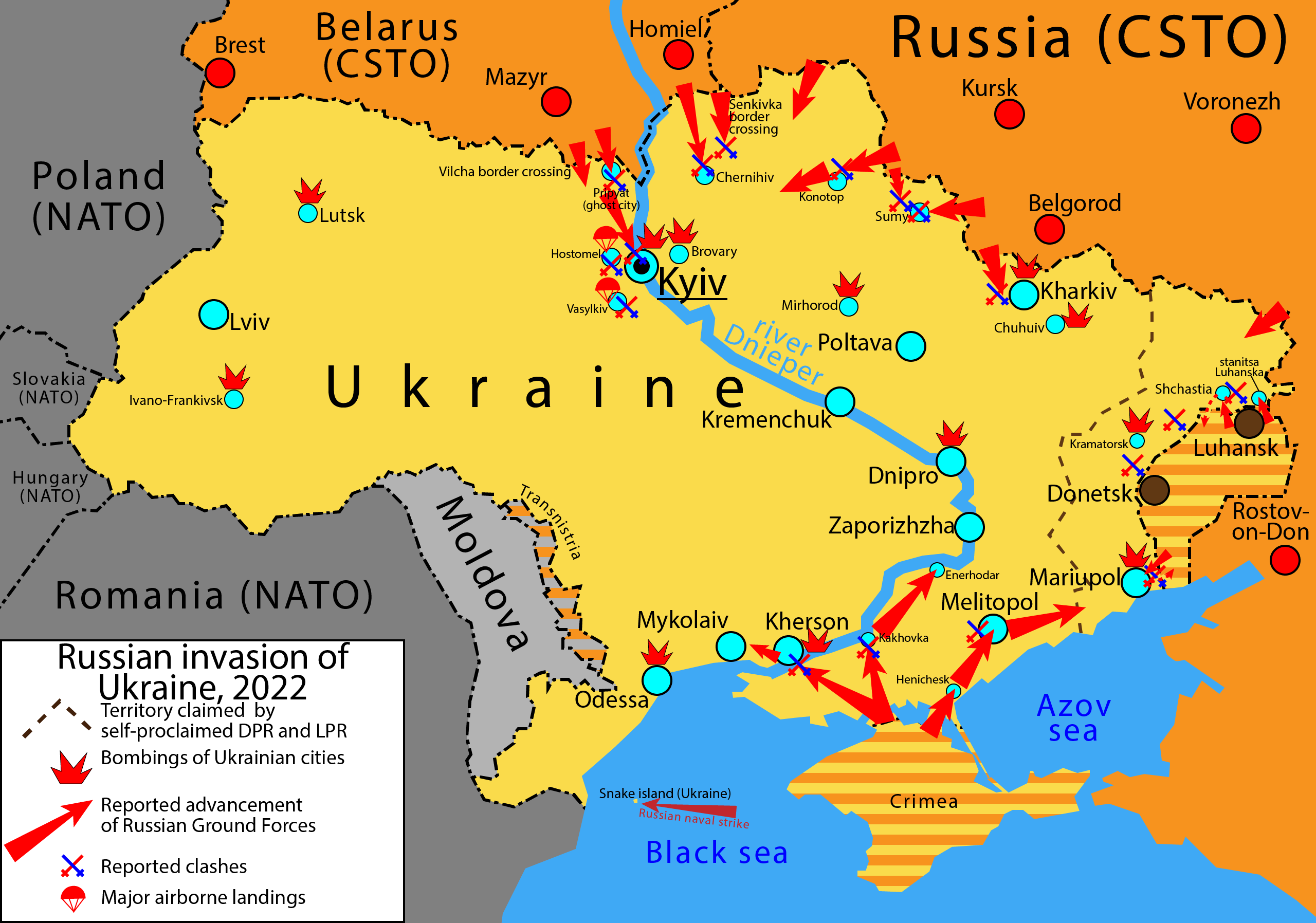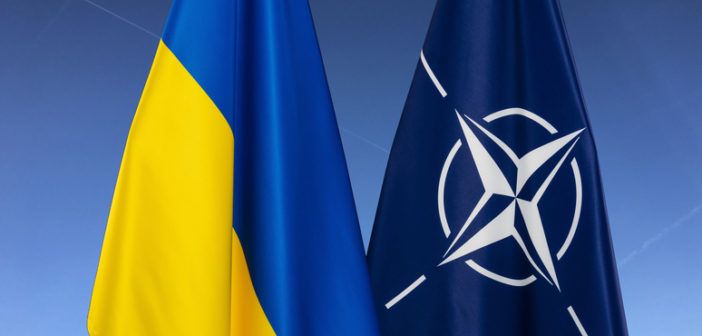By Tayhana Taylor, World News Editor
The North Atlantic Treaty Organization (NATO) is a military and political alliance. According to NATO’s website, the organization’s purpose is to ensure the freedom and security of all of its member states. NATO was founded in 1949 and currently has 30 member states from Europe and North America. These states include, but are not limited to, France, Germany, the United States, Canada, the United Kingdom, Poland, Norway, Spain, and other countries.
Neither Russia nor Ukraine are members of NATO. However, Ukraine still has had relations with NATO through different partnerships. NATO’s programs assist partner nations in elevating their defense and security institutions and forces.
“The Allies are full members accepted unanimously and are automatically protected in cases of attacks,” said Dr. Marco Rimanelli, a professor of political science and international studies at Saint Leo University. “The partners are all the ex-soviet states, some eastern European states, and other western neutrals like Finland, Switzerland, Ireland, and so on.”
As stated on NATO’s website, relations between the organization and Ukraine date back to the early 1990s. Since then, these relations have developed into one of the most substantial of NATO’s partnerships. Since 2014, in the wake of the Russia-Ukraine conflict, cooperation has been intensified in critical areas.

(Photo Source: NATO International)
NATO’s partner countries are involved in many core activities related to the organization.
“Countries who are in NATO’s Partnership for Peace program can train with the organization, upgrade their military, and have the option in the future to apply for full membership through the open-door policy,” said Rimanelli. “But acceptance is not guaranteed because new members must be accepted into NATO unanimously.”
In the 1990s, NATO had partnerships with Russia and Ukraine. Russia had a partnership council with NATO, and Ukraine’s partnership was called the NATO-Ukraine Commission (NUC).

(Photo Source: NATO International)
“Within these two separate partnerships, both countries had to agree not to attack each other,” said Rimanelli. “Russia violated all the agreements of their partnership with NATO when they attacked Ukraine and NATO removed Russia from the partnership.”
The Russian vs. Ukraine conflict in 2014 has progressed and led to Russia’s recent invasion of Ukraine. Although Ukraine and NATO have a partnership, NATO members are not obligated to defend Ukraine since Ukraine is not a member state.
“NATO condemns Russia’s latest invasion because it is a violation of peace,” said Rimanelli.
Since Ukraine is not a member of NATO, the country is not protected by Article V. Article V of NATO’s collective defense states that “if a NATO Ally is the victim of an armed attack, each and every other member of the Alliance will consider this act of violence as an armed attack against all members and will take the actions it deems necessary to assist the Ally attacked.”
“NATO has stressed that it could oppose Russia’s invasion of Ukraine by using Article IV instead of Article V,” said Rimanelli.
NATO’s Article IV states that “any member can call for a consultation of the North Atlantic Council when the territorial integrity, political independence or security of any of the parties is threatened.”
Rimanelli said, “Use of Article IV is case by case, and NATO decides that, but, in the past, NATO has failed to use it in two previous crises with Russia. One example was the Russo-Georgia war in 2008.”
NATO’s failure to use Article IV in the past may have led Russia’s President, Vladimir Putin, to believe that NATO would do so again.
“Putin may have launched this latest attack on Ukraine thinking that NATO would not get involved and use Article IV,” said Rimanelli. “And Putin was under the assumption NATO was in disarray.”
However, this time around, NATO has made various efforts to assist Ukraine and honor its partnership. In a press briefing, NATO Secretary-General Jens Stoltenberg said, “We call on Russia to immediately cease its military action, withdraw its forces from Ukraine, and choose diplomacy.” Stoltenberg added, “We fully support Ukraine’s sovereignty and territorial integrity and Ukraine’s right to self-defense.”
Thus far, NATO has provided weapons, ammunition, economic, medical, and food support to the Ukrainians.
“NATO has also been coordinating with the European Union so that the union will take care of most of the Ukrainian refugees,” said Rimanelli. “But NATO has increased NATO forces at the border between Poland, Romania, and the three Baltic states (Estonia, Latvia, and Lithuania).”

On February 24, the North Atlantic Council—NATO’s primary political decision-making body—affirmed in an official statement that Russia’s actions are a severe threat to Euro-Atlantic security, and they will have geostrategic implications. To protect its members who are neighbors of Russia and Ukraine, NATO deployed additional defensive land and air forces to the eastern part of the Alliance and other maritime assets.
NATO Allies continue to increase their political and practical support to Ukraine as it continues to defend itself against Russia’s full-scale takeover.





